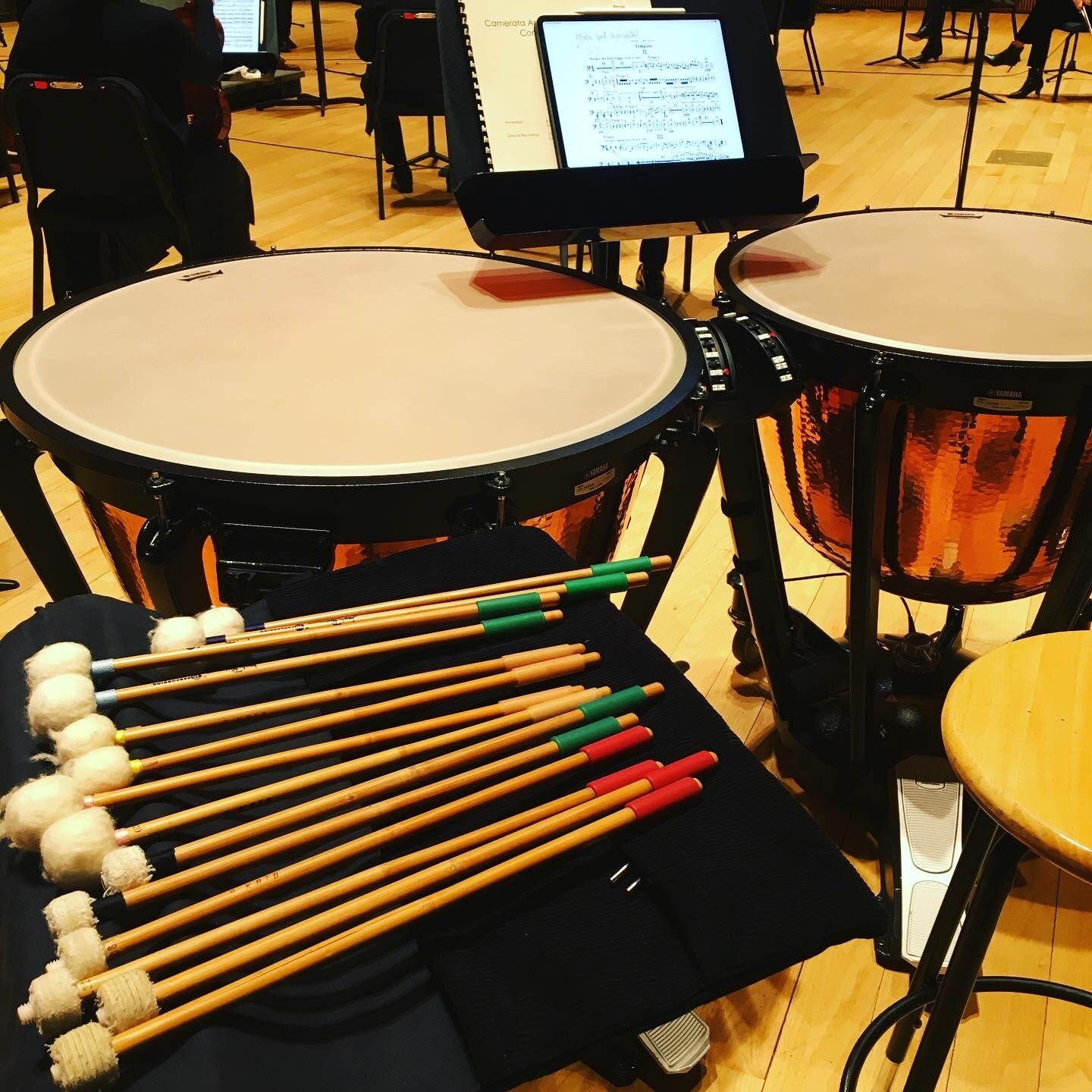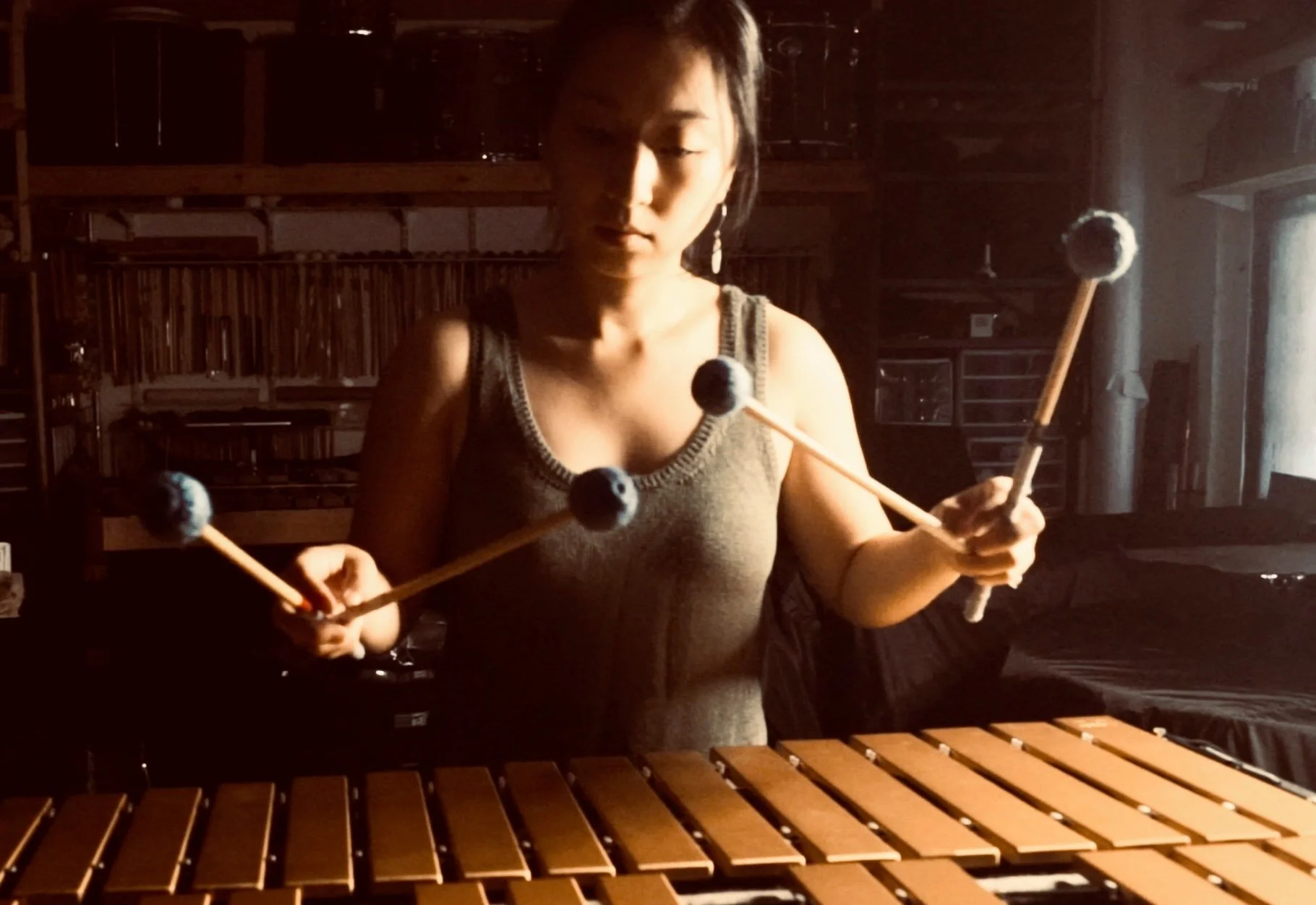Wikipedia’s definition of cold-calling is “the solicitation of business from potential customers who have had no prior contact with the salesperson conducting the call.” This definition doesn’t match with how I approach it, though. I think of it more like “reaching out to someone you don’t know with a genuine curiosity to the person”. No one likes an obvious sales pitch, right? I now realize how crucial it was for me to do this right.
Today, the best way to reach out to someone you don’t know is to send an email unless you know the person you are trying to contact doesn’t check their emails and prefers phone calls. Below is an example of a voicemail I left when I cold-called (I actually did call then, since it was 10 years ago & most of them didn’t pick up since they didn’t know my number).
“Hello (insert name), my name is Chihiro Shibayama. I got your number from (insert name of the person who gave you the number or where you found it if it’s public somewhere). I just played a season at the Radio City Christmas Spectacular and I really enjoyed it. I would love to learn more about the Broadway-style of playing. I was wondering if you would be able to let me sit in the pit while you play so I can learn from you. Thank you very much for your time. I look forward to hearing from you. My phone number is XXX-XXX-XXXX, again, XXX-XXX-XXXX. Thank you. Have a great day!”
I left a message like this to over 10 percussionists. Was I nervous? YES!! I had to write everything down, and practice before I made my first call. Eventually, all of them got back to me and one of them asked me if I wanted to sub for him many months later.
Here are some important points when you reach out to someone.
- Be genuine & be you // this is your elevator pitch of who you are, what you do, what you want to be doing.
- Be concise but polite // no one wants to read an essay from a stranger. Spend some time crafting a perfect email that tells your story and intention in a few paragraphs.
- *Don’t say “I want to sub for you” // your only goal is to introduce yourself. Broadway regular musicians receive calls, texts, and emails all the time to sub for them. They actually “know” why they are contacting you, so not necessary to mention it. *this is specific to contacting someone who plays on Broadway
- Avoid sounding like you want something from that person // similar to the last point, the first time you contact someone is just an introduction, so focus on getting your first meeting.
- The tone of your voice // should be excited and not indifferent. Positive energy is key.
…and after you get a response (hopefully 🤞)
- Be Responsive // when & if they write back, make sure you respond right away
- Be thankful // they didn’t have to respond to you but they did. If you do arrange to speak to them in person, online, or phone, make sure they know that you appreciate their time and kindness
- Follow Up & Keep in Touch // If you get to speak with the person, send a quick follow-up email after thanking them. Ask them to let you know of their upcoming events and support them. You can also let them know about your future events. Your goal is to be in their circle.
The same idea works outside of the Broadway scene, too. In fact, I still reach out to people I don’t know using the same concept. I know first hand that it requires a bit of courage to contact someone you don’t know. But take a deep breath, and just do it! Doing so might bring nothing or might give you a surprise opportunity when you forget about it. Either way, you took action and that’s what matters.
Last but not least - you might be thinking, "This sounds great, but there are no gigs right now! What's the point of reaching out to people now?" That's a good point, however, getting gigs doesn't have to be the only reason to get to know someone in your field. Just by talking to this person, you might learn something new or be inspired. He or she could be your new friend or mentor. Maybe you ask for a lesson. Possibilities are endless! Chances are, normally very busy people probably have more time now to respond to you.
Here are Broadway related articles in case you are interested - 1) “My Way to Broadway” I talk about 3 key moments before getting my first Broadway show. 2) “5 Steps to Playing on Broadway” a simple one-page guide
Here is today's inspiration for you! ⭐️
“Opportunities don’t happen. You create them.“ – Chris Grosser, Photographer & Senior Sales Consultant for Tesla
Until next time & Happy Practicing!































